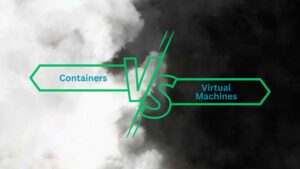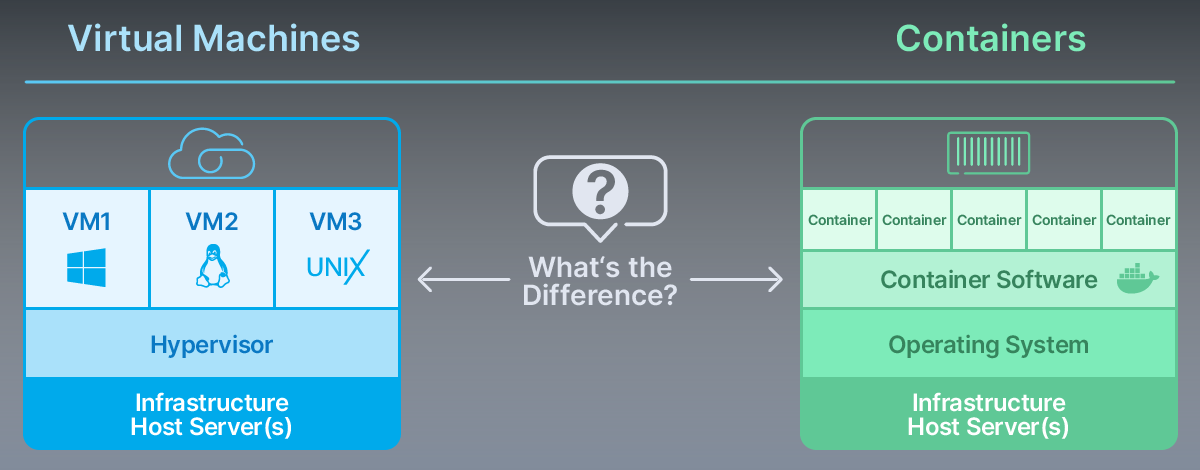

Both containers and virtual machines are widely used for managing cloud workloads. This article delves into the differences between containers and virtual machines, highlighting their advantages and disadvantages.


Virtual Machines
Virtual machines (VMs) are fully independent virtual computers that emulate a physical computer’s hardware and software environment. They allow you to run multiple operating systems on a single physical machine, each with its own resources and isolated from the others.
Containers
Containers are a lightweight virtualization technology that shares the host operating system’s kernel. They are more resource-efficient than virtual machines, as they don’t require a separate operating system for each container. This makes them well-suited for cloud-based applications, where resource utilization is a critical factor.
Containers vs. Virtual Machines: A Comparative Table
| Feature | Virtual Machines | Containers |
|---|---|---|
| Image size | Typically several gigabytes | Typically megabytes or kilobytes |
| Resource allocation | Hardware-based | OS-based |
| Provisioning time | Minutes to hours | Seconds |
| Isolation level | High | Medium |
| Portability | Limited | High |
Virtual Machines
Advantages of Virtual Machines
- Full operating system environment: VMs provide a complete operating system environment, making them suitable for applications that require specific OS features or software.
- Strong isolation: Each VM has its own operating system, providing a high level of isolation from other VMs.
Disadvantages of Virtual Machines
- Resource-intensive: VMs require more resources than containers due to the overhead of running a separate operating system.
- Slow provisioning: Creating and booting a VM can take several minutes, which can impact development and deployment workflows.
Containers
Advantages of Containers
- Lightweight and efficient: Containers are more resource-efficient than VMs, making them better suited for cloud environments where resource utilization is critical.
- Fast provisioning: Containers can be created and started in seconds, enabling rapid deployment and testing.
- Portable: Containers can run consistently across different hardware environments, making them well-suited for cloud-based applications.
Disadvantages of Containers
- Shared kernel: Containers share the host operating system’s kernel, which can pose security risks if the kernel is compromised.
- Limited isolation: The isolation between containers is not as strong as that of VMs, which can be a concern for applications with high security requirements.
When to Use Containers vs. Virtual Machines
Containers:
- Testing and development environments
- Microservices architecture
- Cloud-based applications where resource efficiency is critical
Virtual Machines:
- Applications that require a specific operating system environment
- Applications with high security requirements
- Legacy applications that are not containerized
Conclusion
Containers and virtual machines are both valuable technologies for managing cloud workloads. The choice between the two depends on the specific requirements of the application and the desired level of isolation, resource efficiency, and portability.
